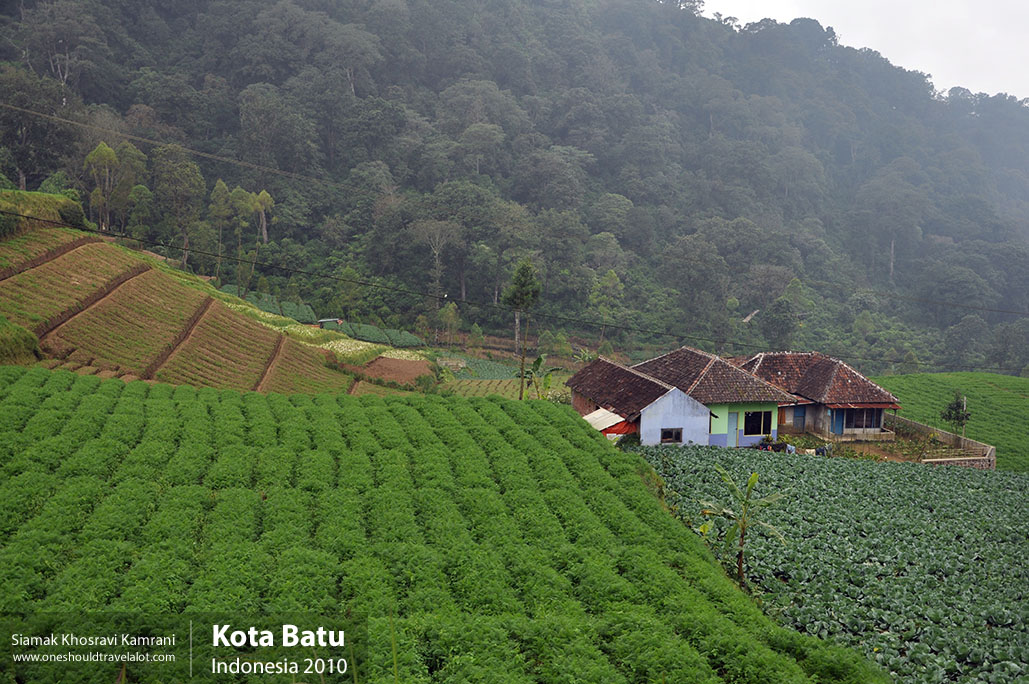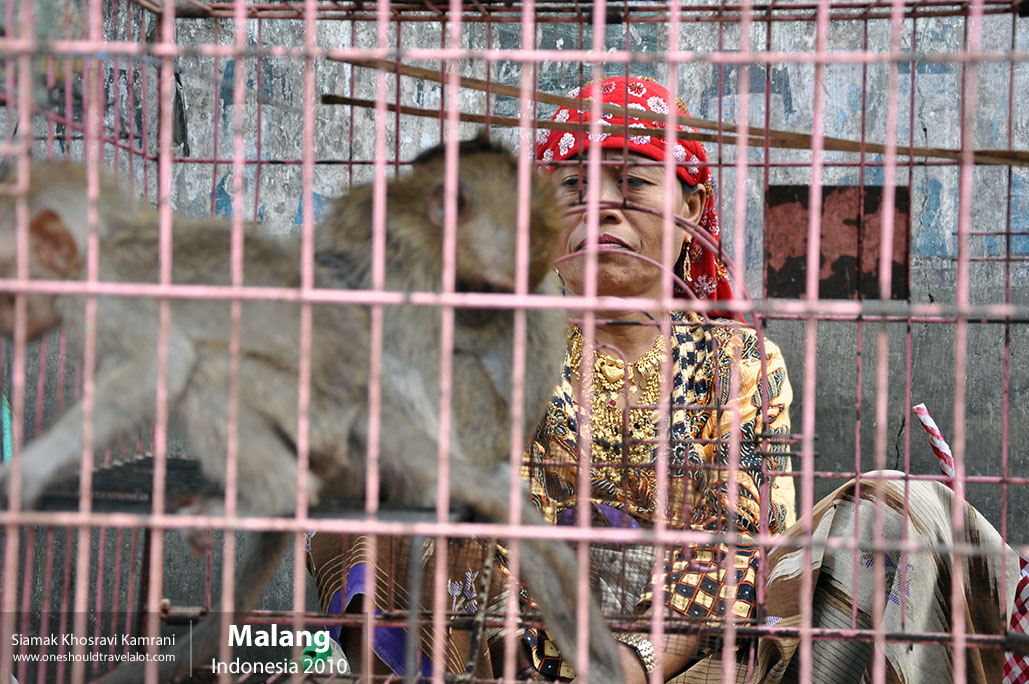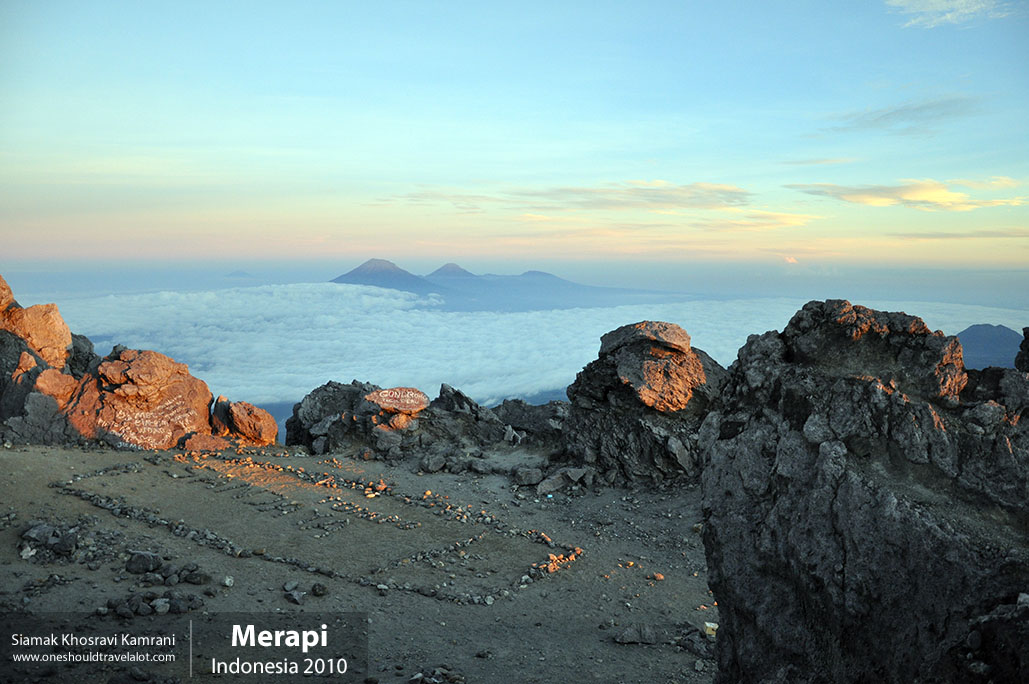Exploring the Heart of Java: A Journey Through Surakarta
Surakarta, often referred to by its historical name, Solo, is a charming city in Central Java, Indonesia, that brims with rich cultural heritage, vibrant traditions, and warm hospitality. As a young photographer with a passion for capturing the essence of places through my lens, my journey to Surakarta promised to be a visual and cultural feast. With camera in hand, I set out to explore the city’s streets, immerse myself in its local customs, and document the stories that make Surakarta a unique destination.
First Impressions of Surakarta
Arriving in Surakarta, the first thing that struck me was the city’s harmonious blend of old and new. The bustling streets are lined with a mix of traditional Javanese architecture and modern buildings, creating a picturesque backdrop for my photography. The air is filled with the aroma of street food, and the sounds of traditional gamelan music can be heard from a distance, providing an authentic Javanese ambiance.
Surakarta is known for its relatively affordable standard of living compared to other major Indonesian cities. The friendly and relaxed atmosphere is palpable, making it easy for visitors to feel at home. The locals, known as the Surakartans, are incredibly hospitable and proud of their cultural heritage, always eager to share their stories and traditions.
The Cultural Heartbeat of Java
The Royal Palaces: Keraton Surakarta and Pura Mangkunegaran
One cannot visit Surakarta without exploring its royal palaces, which are central to the city’s cultural identity. The Keraton Surakarta, the official palace of the Susuhunan (Sultan), is a stunning example of traditional Javanese architecture. As I wandered through its courtyards and halls, I marveled at the intricate carvings and detailed ornaments that adorned the palace. The palace museum offers a glimpse into the royal history, displaying artifacts such as traditional weapons, clothing, and royal carriages.
Nearby, the Pura Mangkunegaran Palace, home to the Mangkunegaran royal family, is equally captivating. This palace, slightly smaller than the Keraton, boasts a beautiful pavilion called the Pendopo Ageng, where traditional dance and music performances are held. I had the opportunity to witness a live gamelan performance here, capturing the musicians and dancers in action. The rhythmic sounds of the gamelan and the graceful movements of the dancers provided a mesmerizing experience that I was eager to document through my photographs.
Exploring Traditional Markets
Pasar Gede
To truly understand the daily life of Surakartans, a visit to Pasar Gede, the largest traditional market in the city, is essential. This bustling market is a sensory overload, with vibrant stalls selling everything from fresh produce to traditional batik fabrics. As I navigated through the narrow aisles, I was greeted with smiles and curious glances from the vendors. The colorful displays of fruits, vegetables, and spices provided perfect opportunities for candid photography.
One of the market’s highlights is its selection of traditional Javanese snacks and delicacies. I tried serabi, a type of pancake made from rice flour and coconut milk, often served with various toppings. The taste was a delightful blend of sweetness and coconut richness, a treat that reflected the local culinary traditions. Capturing the interactions between vendors and customers, the lively bargaining, and the vibrant array of goods on display, Pasar Gede became a focal point in my photographic journey.
The Art of Batik
Surakarta is renowned for its batik, a traditional Indonesian fabric dyeing technique that involves wax-resist dyeing. To delve deeper into this art form, I visited the Laweyan Batik Village, a historic neighborhood known for its batik workshops. Walking through the village, I observed artisans meticulously applying wax to fabric, creating intricate patterns that would later be dyed in various colors.
I was invited into one of the workshops to try my hand at batik-making. Under the guidance of a skilled artisan, I learned how to apply the hot wax using a canting, a special tool used for drawing on the fabric. The process was both challenging and rewarding, giving me a newfound appreciation for the craftsmanship involved. The vivid colors and detailed patterns of the finished batik pieces were a testament to the skill and creativity of the local artisans. Documenting this experience through my lens, I aimed to capture the dedication and artistry that defines Surakarta’s batik tradition.
The Soul of Surakarta: Wayang Kulit
No exploration of Surakarta would be complete without experiencing Wayang Kulit, the traditional Javanese shadow puppetry. This ancient art form, deeply rooted in Javanese culture, tells stories from the Hindu epics Ramayana and Mahabharata through intricately carved leather puppets. I attended a Wayang Kulit performance at a local theater, eager to capture the essence of this unique cultural tradition.
The performance was accompanied by a gamelan orchestra, adding a musical dimension to the storytelling. The puppeteer, known as the dalang, skillfully manipulated the puppets, bringing the characters to life on the shadow screen. The combination of music, narration, and visual artistry created a captivating experience. I focused my camera on the intricate details of the puppets and the expressions of the audience, hoping to convey the magic and allure of Wayang Kulit.
Surakarta’s Natural Beauty
Tawangmangu and Grojogan Sewu Waterfall
Beyond its cultural attractions, Surakarta is also a gateway to natural beauty. A short drive from the city brought me to Tawangmangu, a mountainous area known for its cool climate and scenic landscapes. The highlight of Tawangmangu is Grojogan Sewu, a majestic waterfall surrounded by lush greenery. The sound of cascading water and the sight of mist rising from the falls provided a refreshing escape from the city’s hustle and bustle.
I spent hours exploring the area, capturing the beauty of the waterfall from various angles. The journey to the falls involved descending hundreds of steps, a challenging but rewarding trek that offered stunning views along the way. The natural beauty of Tawangmangu and Grojogan Sewu added a serene and tranquil element to my photographic portfolio, showcasing the diverse landscapes that Surakarta has to offer.
The Warmth of Surakartan Hospitality
Throughout my journey, the warmth and friendliness of the Surakartan people stood out. From the vendors at Pasar Gede to the artisans in Laweyan, everyone I encountered was eager to share their stories and traditions. I was often invited into homes and workshops, where I learned about local customs and enjoyed traditional meals. The sense of community and pride in their cultural heritage was evident in every interaction, making my experience in Surakarta truly memorable.



